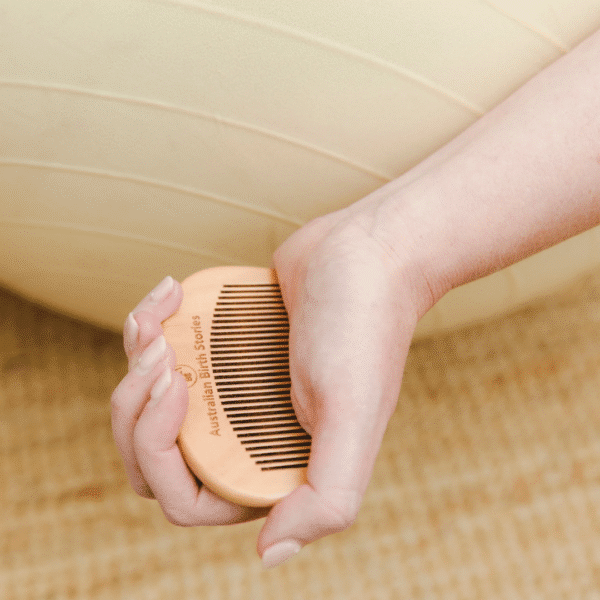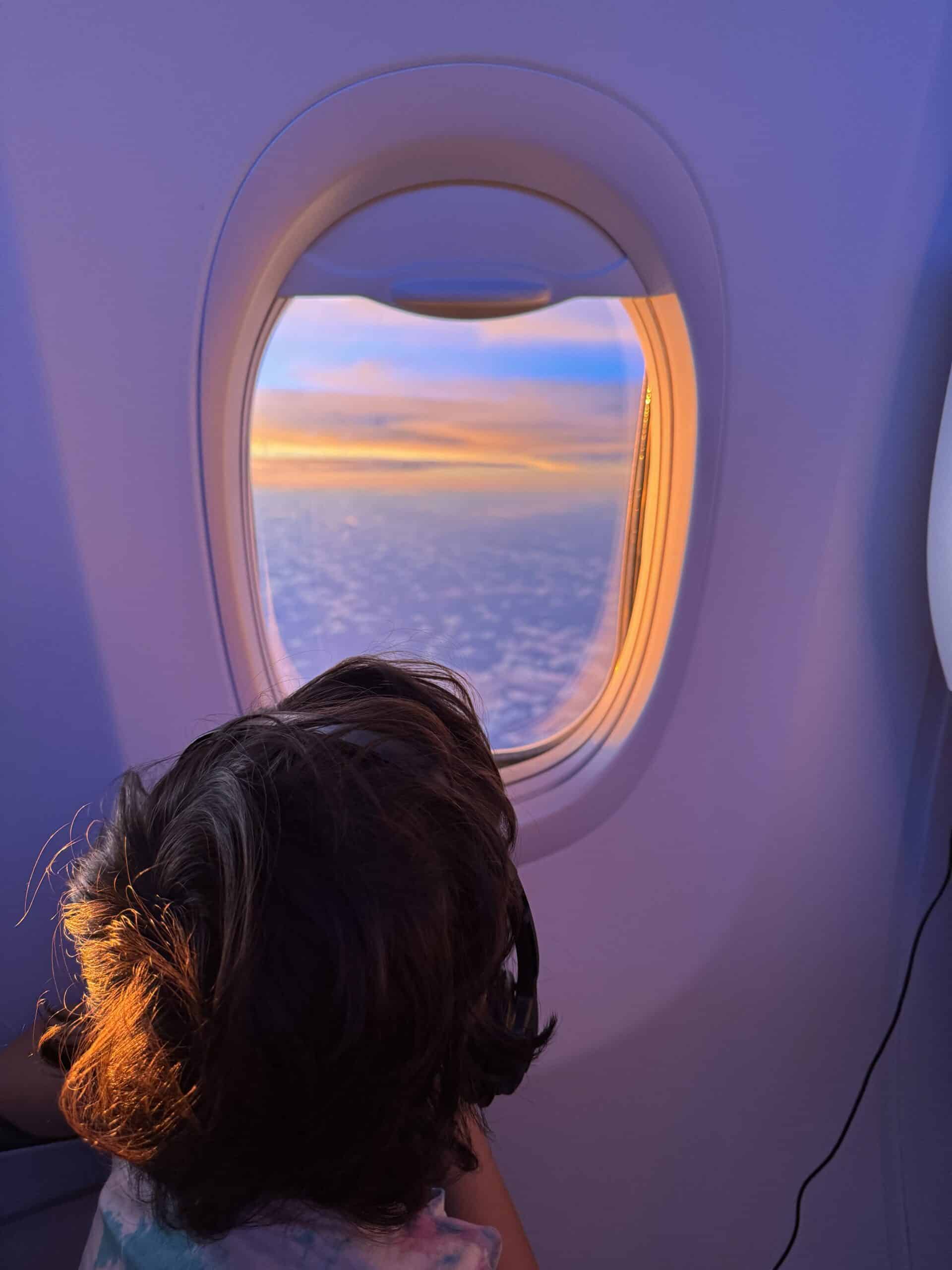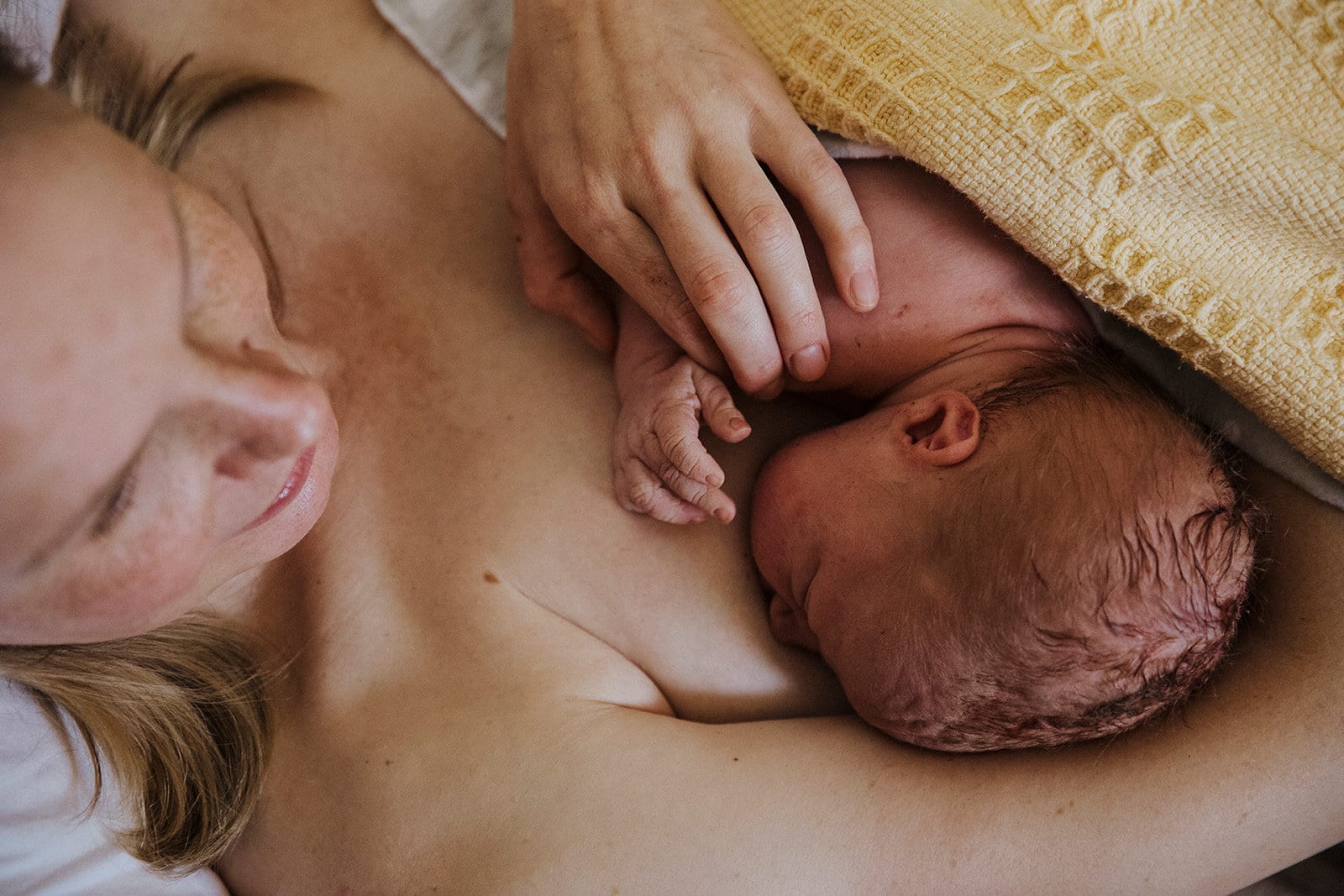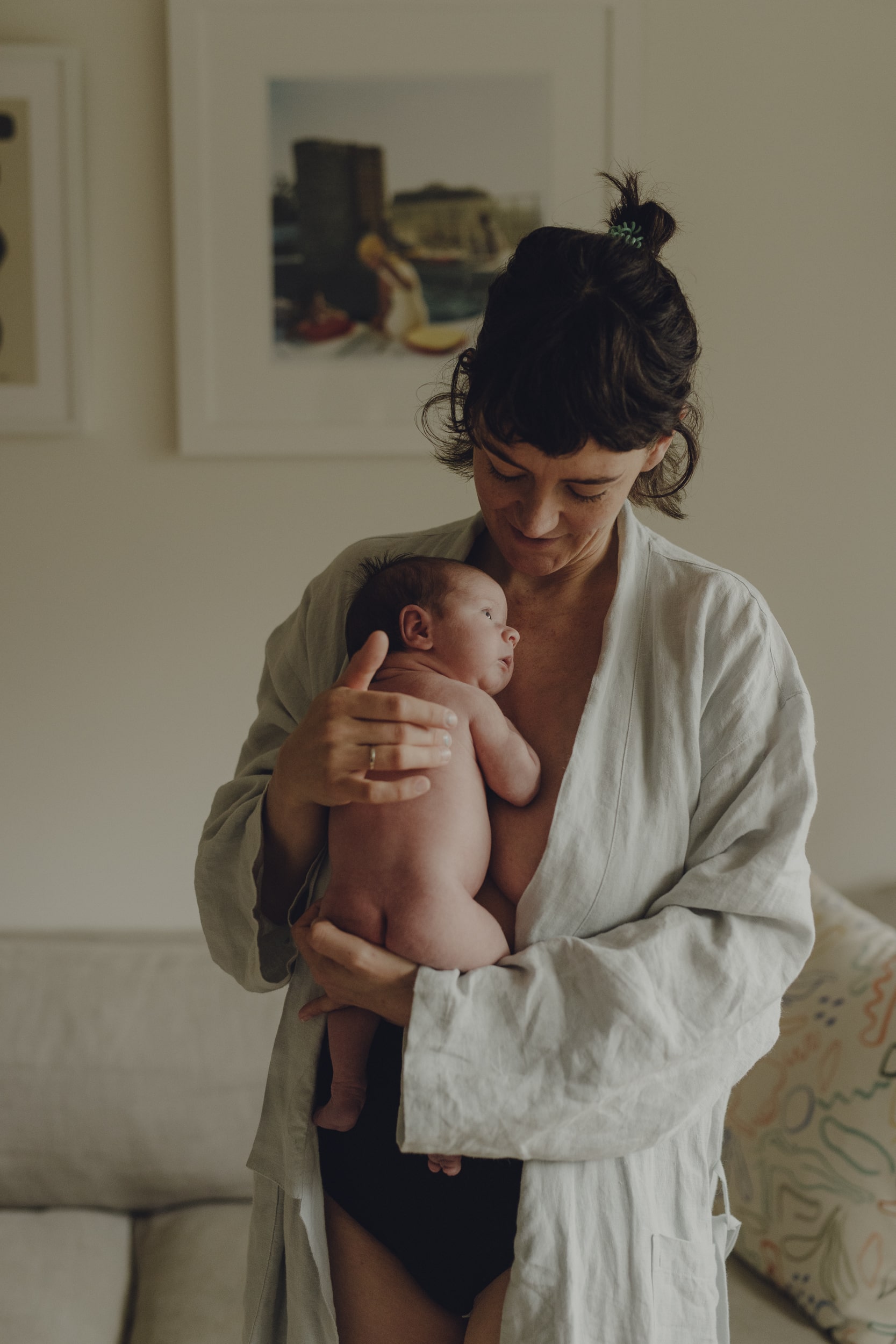Postpartum Postpartum Haemorrhage (PPH)
Postpartum Haemorrhage (PPH)

Firstly, if you’ve recently birthed your baby and your bleeding has increased, don’t delay in seeking medical attention. It’s recommended to present to the emergency department at your local hospital and explain that you’ve recently given birth and you’re concerned about your blood loss. You may be experiencing a postpartum haemorrhage.
What is a Postpartum Haemorrhage (PPH)?
A postpartum haemorrhage is defined as a blood loss of over 500 ml at birth for both a vaginal or caesarean birth (previously it was 1000 ml for a caesarean birth). A primary PPH occurs within the first 24 hours of birth, a secondary PPH can occur from birth up to six weeks postpartum. In Australia, five to fifteen percent of birthing mothers will experience a PPH.
After your baby is born, the uterus ideally starts contracting down which helps the placenta detach and eases blood loss. This process is often facilitated by a managed third stage of labour where a syntocinon injection is placed in your thigh immediately after your baby is born.
You can expect your obstetrician or midwife to place their hands on your belly to feel the uterus. A part of this initial assessment is to observe the tone of the uterus; it should go quite firm as the uterine muscles are contracting. If it’s not firm, it will be ‘boggy’; it’s a bit like a marshmallow, not well toned and therefore more likely to bleed at the wound site where the placenta has detached. The uterus is a muscle and if it works too hard for too long, it gets tired hence lack of tone is the number one reason why you would experience a postpartum haemorrhage. However, it can also be caused by retained placenta or a vaginal or perineal injury.
READ: Birthing your placenta: active management versus physiological management
Are there risk factors for a PPH?
If you have previously experienced a PPH, you’re at a higher risk of having another one and it’s for this reason that your obstetrician and midwife will likely discuss this with you in your third trimester. However, it’s important to note that anyone can have a PPH; it’s not preventable and it’s not caused by any of your labour or birth choices.
A postpartum haemorrhage is more likely if:
– you’ve birthed three or more times previously (the uterus has to work harder to contract back down as it has stretched significantly. It’s also for this reason that your afterpains may be stronger and more painful but you want to welcome them because they’re representative of your uterus doing its job and doing it well)
– your placenta has an abnormal connection to the uterus
– you have uterine fibroids
– you’re anaemic (this is why a blood test is recommended in your third trimester), have high blood pressure or diabetes
It’s also dependent on your labour and birth experience. A PPH is more likely if:
– your labour is induced, goes for a long time or is very fast
– you have an instrumental birth (forceps or vacuum) or a caesarean
– you have retained placenta (some or all of your placenta remains in the uterus)
– you develop an infection
A secondary PPH is most likely caused by retained placenta which will be treated with antibiotics and surgery to remove the remaining tissue.
How is a postpartum haemorrhage treated?
A postpartum haemorrhage is considered a medical emergency and will be treated with utmost caution. You can expect extra medical staff to come into your birth suite and a cannula will be placed in your hand to give you IV fluids and medication. A catheter may also be inserted through your urethra to drain your bladder as an extended bladder can prevent the uterus from contracting down. Midwives will be massaging your uterus to encourage it to contract and an obstetrician or midwife will be looking at your vagina and perineum to observe blood loss from injury.
If your bleeding can’t be controlled in the birth suite, you’ll be taken to the operating theatre where any remaining placenta or tissue can be removed from the uterus and any perineal injuries sutured. In very rare cases, the only way to stop the bleeding is to perform a hysterectomy where the uterus is removed.
What does recovery look like?
Depending on the severity of your postpartum haemorrhage, you may require a blood transfusion. After a PPH you will be more likely to develop iron-deficiency anaemia which will generally be treated with an iron infusion before you’re discharged from hospital otherwise your care provider will recommend supplements to increase your iron levels (a blood transfusion does not increase your iron levels).
It’s also common to experience trauma after a PPH as it is a medical emergency and can cause fear, overwhelm and anxiety in some birthing women and their support people. Debriefing with your midwife is a really positive step to process your trauma and make sense of your experience from a medical perspective.
It’s also important that you stay aware of your iron levels as low iron can affect your breastmilk supply and is a contributing factor to postnatal depression. A follow-up appointment with your GP is essential, as is plenty of rest, staying hydrated and eating nourishing food.
Categories
Related Products
-
Birth Combs: Harness Your Body’s Natural Pain Relief
$24.95Crafted from smooth, natural wood, our birth combs activate specific pressure points in your hands that trigger your body’s innate pain-relieving responses.
Get your copy of our Perineal Massage Guide in your inbox
Keep Reading
We think you might enjoy these articles

Why planning for postpartum is just as important as planning for birth – and how to do it right

Cracked Nipples: Causes, Treatment and Prevention

Caesarean Birth Recovery
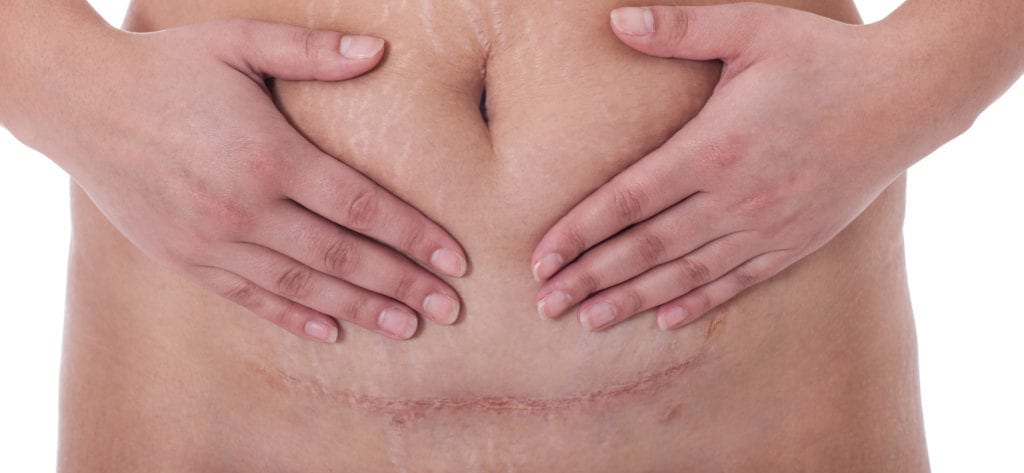
What is a C-Section Shelf?
@AustralianBirthStories
Follow along with us
@AustralianBirthStories
Follow along with us
@AustralianBirthStories
Follow along with us
@AustralianBirthStories
Follow along with us
@AustralianBirthStories
Follow along with us
@AustralianBirthStories
Follow along with us
@AustralianBirthStories
Follow along with us
@AustralianBirthStories
Follow along with us
@AustralianBirthStories
Follow along with us
@AustralianBirthStories
Follow along with us
@AustralianBirthStories
Follow along with us
@AustralianBirthStories
Follow along with us
